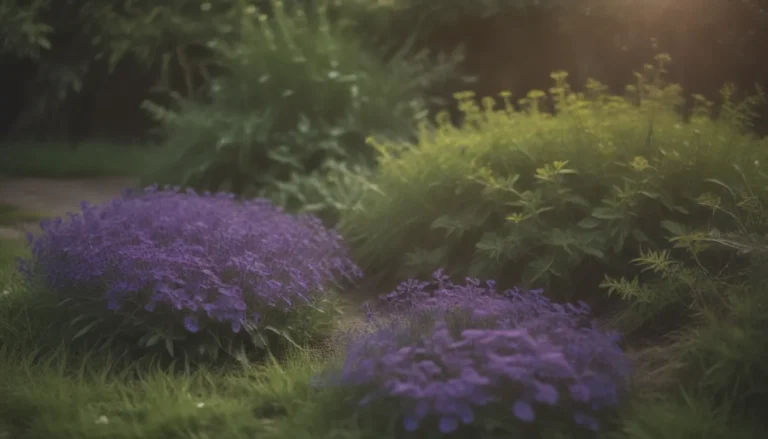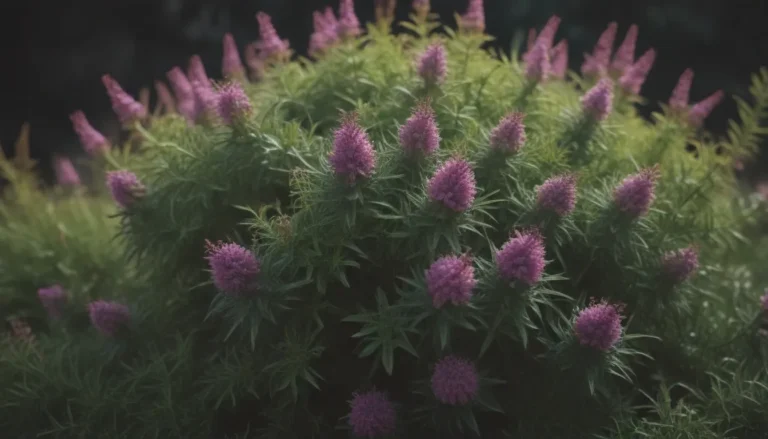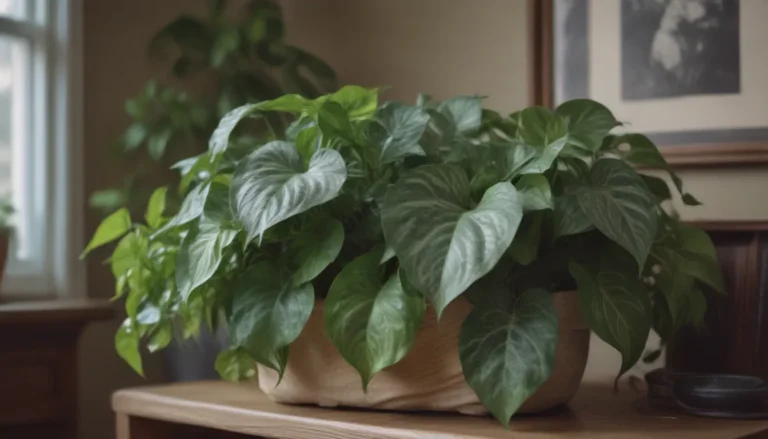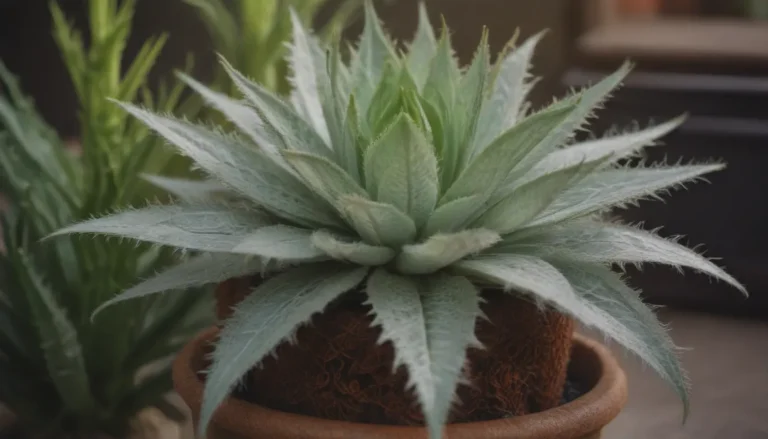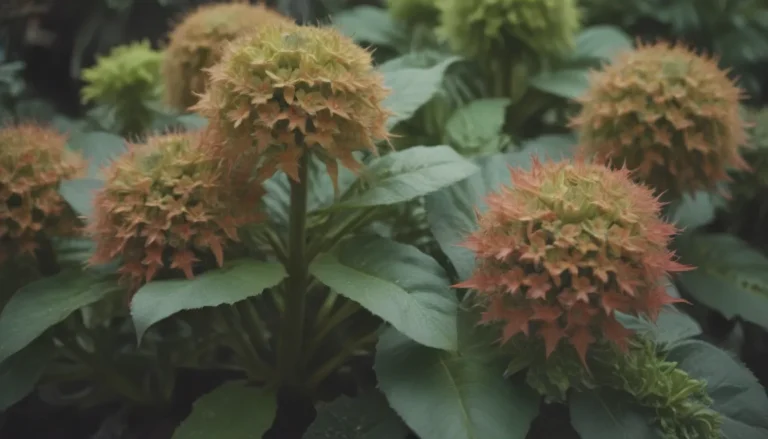The Ultimate Guide to What to Plant in June (By Region)
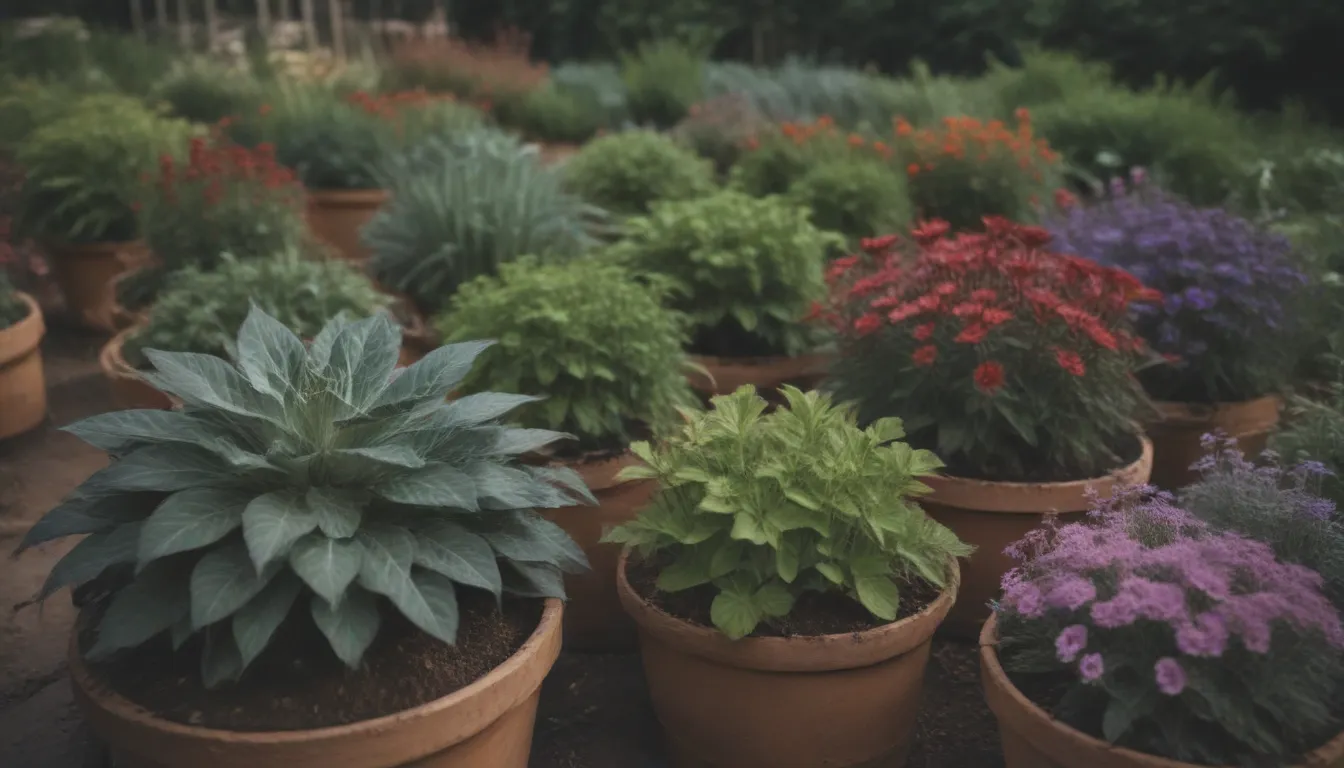
Are you ready to take your vegetable garden to the next level this June? Timing is crucial when it comes to planting a successful edible garden. Whether you’re a seasoned gardener or a newbie, knowing what to plant in June and when can make all the difference in the world. In this guide, we’ll explore what to plant in June based on your region’s hardiness zone. Let’s dive in and get your garden growing!
The Importance of Soil Temperature
Before you start planting, it’s essential to consider the soil temperature. Planting seeds in soil that is too cool can result in poor germination and wasted time and money. Different vegetables thrive in specific soil temperatures, so it’s crucial to match your region’s average soil temperatures with the vegetables you plan to plant. If your region’s soil temperature is not ideal for certain seeds in June, don’t worry. You can always adjust your planting schedule accordingly.
Hardiness Zones: A Gardener’s Best Friend
Hardiness zones, also known as growing zones, are a valuable tool for gardeners to determine which plants will thrive in their location. Developed by the U.S. Department of Agriculture, hardiness zones provide insight into the average ground and ambient temperatures, as well as sun exposure. Knowing your hardiness zone can guide you in selecting the best plants for your garden and help you understand the ideal planting times.
Zones 2 and 3: Embracing the Cool Climate
Zones 2 and 3 may seem challenging for vegetable gardening, but with the right plants, you can still enjoy a bountiful harvest. In cooler climates, consider planting root vegetables like radishes, carrots, beets, and potatoes. Peas, scallions, kale, and chard are also excellent choices for June planting. For warm-season vegetables like cucumber, squash, melon, and pumpkins, opt for plant starts to ensure a successful harvest.
Zones 4 and 5: Embracing the Summer Heat
As summer temperatures rise in zones 4 and 5, you have the perfect opportunity to sow hardy greens like chard, kale, and certain lettuces. Root vegetables such as carrots, beets, and parsnips can withstand the heat and thrive in June. Squash, beans, cucumbers, melons, and pumpkins are also great options for early summer planting. Keep an eye on the weather and be prepared to cover your plants if frost threatens your harvest.
Zones 6 and 7: Ideal Climates for Seed Germination
If you live in zones 6 and 7, you’re in luck. The Pacific Northwest, Midwest, and mid-Atlantic regions offer excellent conditions for seed germination. Take advantage of the June rains to keep your seeds and seedlings hydrated. Pumpkin, squash, zucchini, beets, carrots, parsnips, and potatoes will thrive in these regions. Greens like arugula, chard, and spinach will be among the first crops ready for harvest in June.
Zones 8 to 10: Navigating Full-Bore Summer
Sunny California and the southern United States, zones 8 to 10, present unique challenges for June planting. Inland regions may require additional water for seedlings to sprout, while coastal areas can benefit from the marine layer. Consider planting tomatoes, melons, corn, and okra, and protect your seeds with row covers to prevent drying out. Southerners can plant a second crop of peas, sweet potatoes, and prepare for fall planting.
Zones 11 to 13: Year-Round Growing in Tropical Climates
In zones 11 to 13, including tropical Hawaii, gardeners can enjoy fresh produce year-round. Beans, corn, watermelon, and tomatoes do well when planted from seed in June. Practice succession planting to maximize your harvest and rotate your crops to maintain soil health. With a bit of planning and care, you can enjoy a thriving garden all year long.
Conclusion
As you plan your June planting schedule, consider your region’s hardiness zone and soil temperature to ensure a successful harvest. Whether you’re a beginner or experienced gardener, understanding what to plant in June can help you make the most of your garden space and reap the rewards of your hard work. Happy planting!

